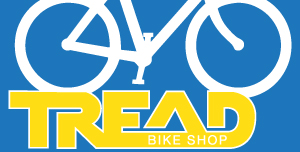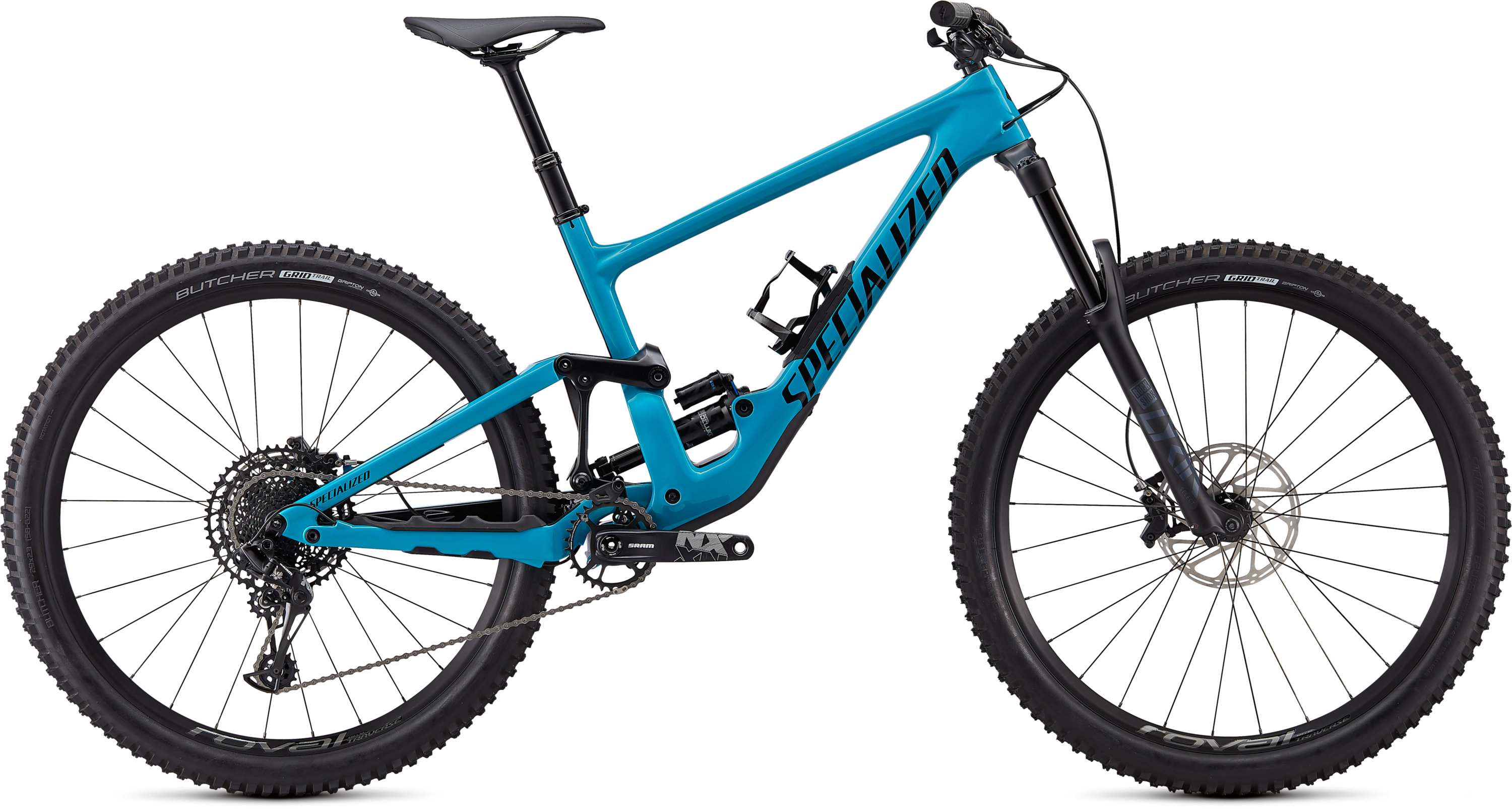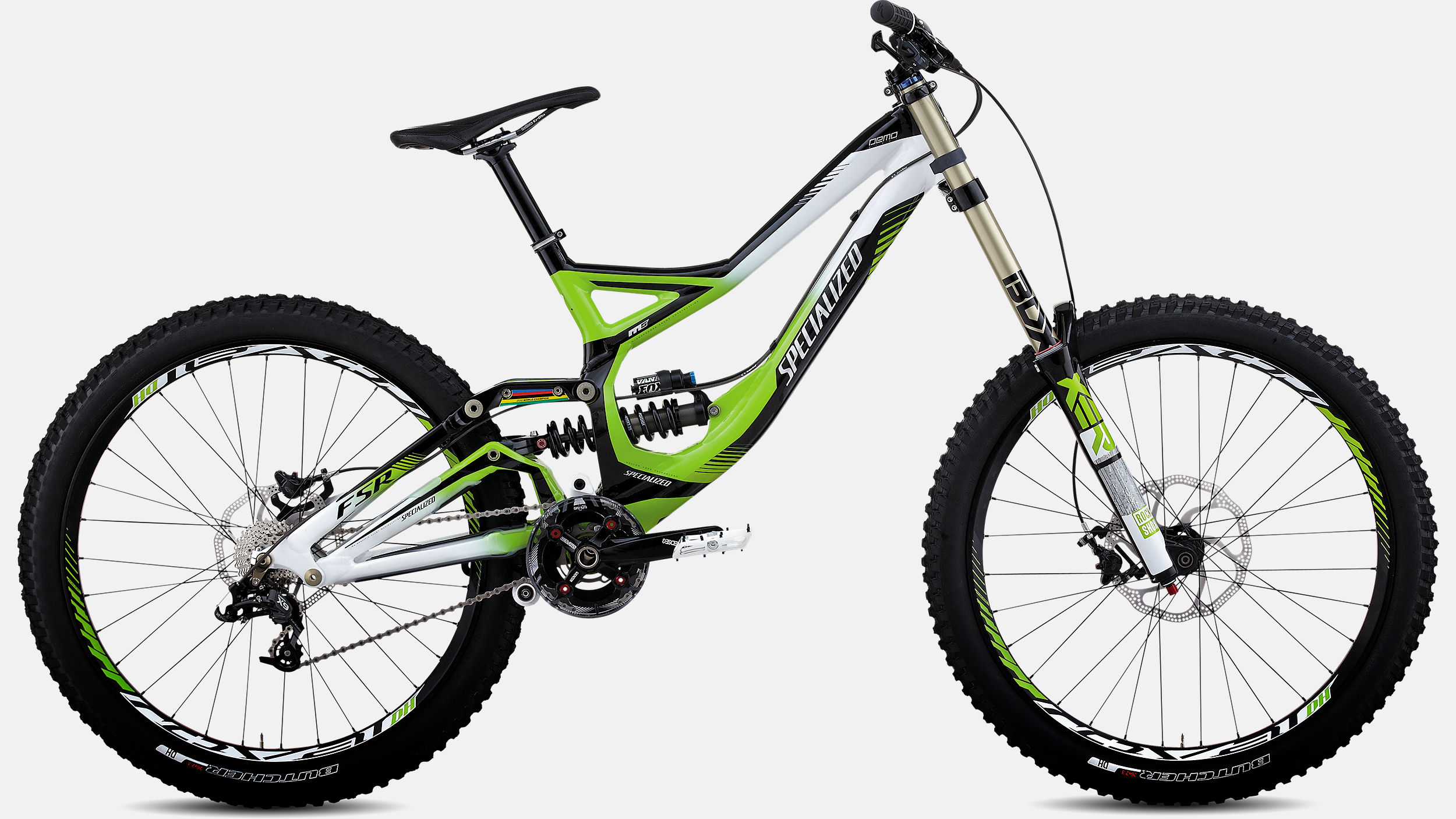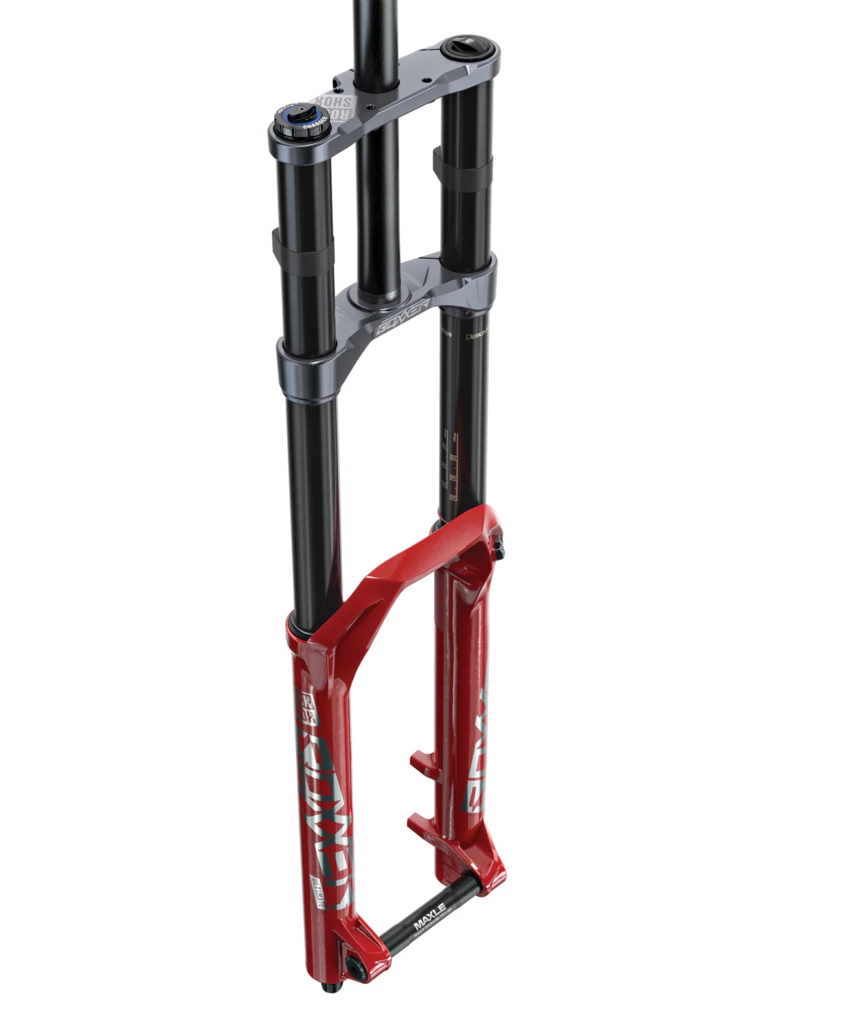What to do with a Mountain bike
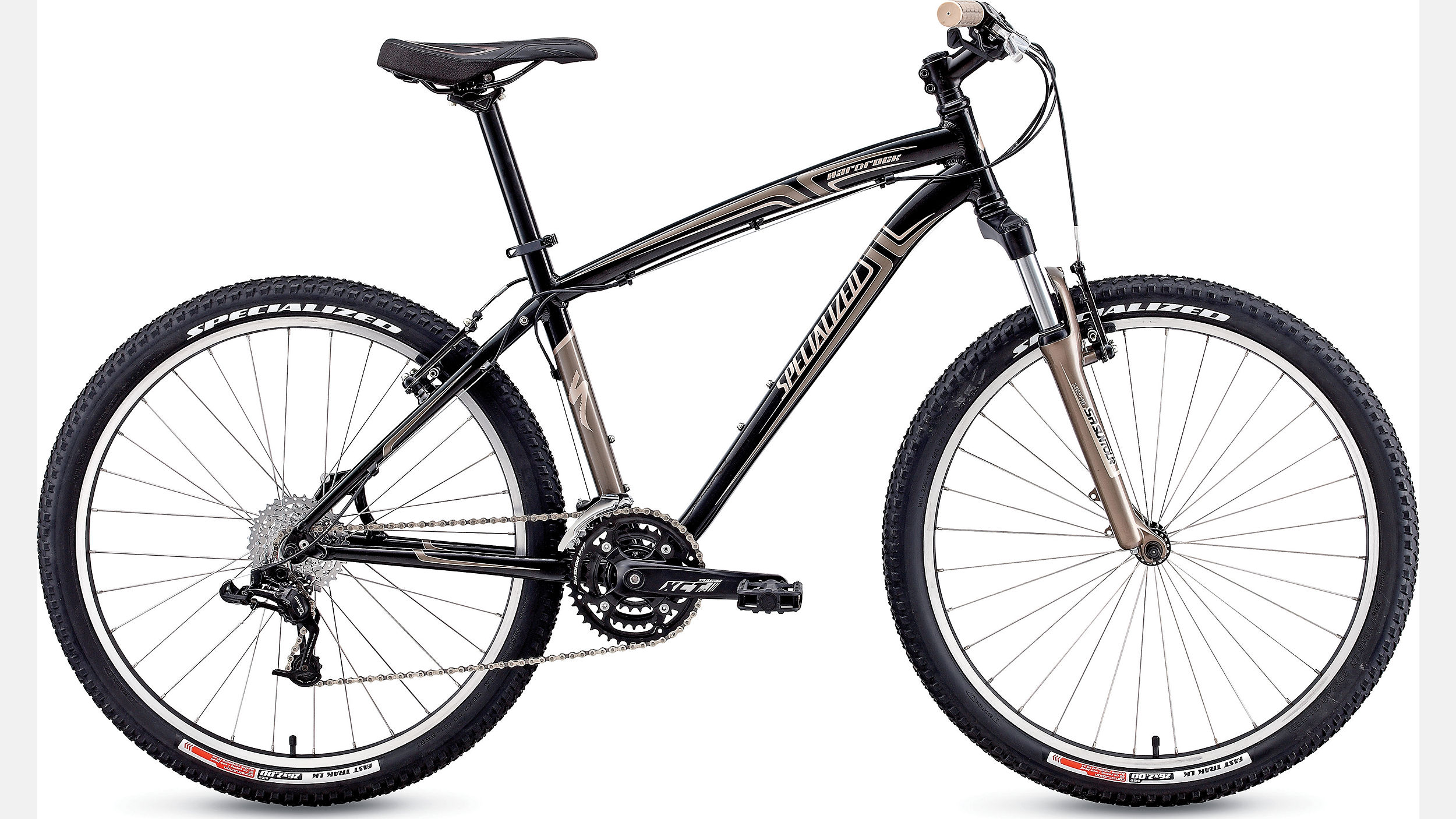
Mountain bikes are meant for the mountain, these bikes are designed top to bottom for off road riding. They usually use v-brakes, mechanical disc brakes or hydraulic disc brakes. V-brakes and mechanical disc brakes are very similar in stopping strength the advantage with mechanical disc brakes is that they continue to maintain that same braking strength in wet or muddy conditions while v-brakes can sometimes lose braking power. Mountain bikes are almost as common hybrids but understood very well; mountain bikes are fun because of their durability and the confidence they give cyclist to ride more aggressively or roughly. But there is more to this category; an important phrase to learn and understand when discussing mountain bikes is travel. Travel is the distance the wheels move as the shocks compress. What a mountain bike is going to be used for will greatly dictate the kind of parts it will use especially the suspension. The suspension in the fork or frame will dictate how much travel a bike will have, the greater the bike's travel the bigger the bump it can absorb before reaching the limit of the suspension. The amount of travel a bike needs will vary depending on the kind of riding it will be used for.
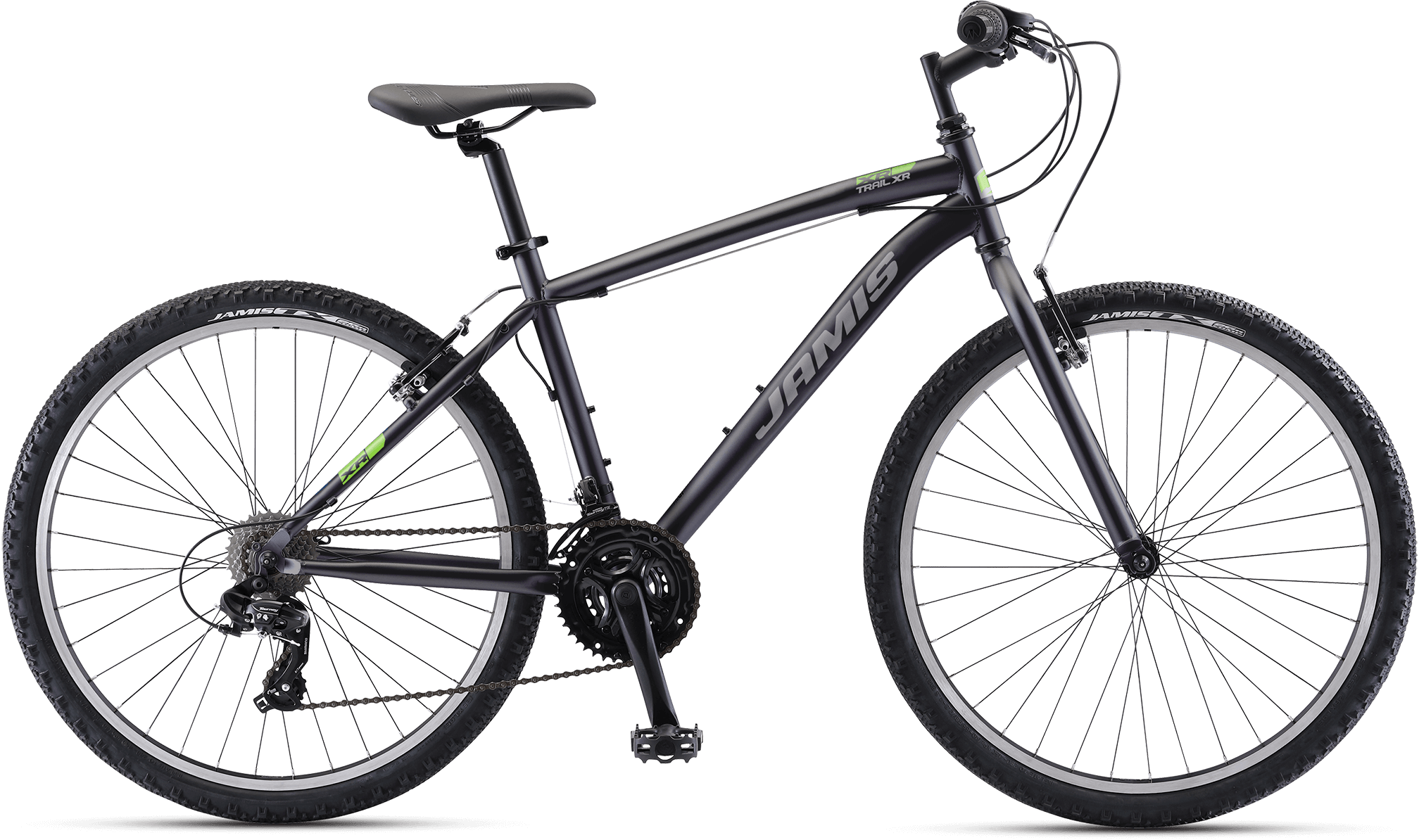
Rigid mountain bikes are the only ones in the category without any form of suspension. These frames are sturdy and usually use v-brakes sometimes cantilever. These bikes were used competitively off road but as the technology in suspension improved these bikes have been pushed to the commuter lifestyle. These bikes aren’t as fast as most hybrids but they are a bit sturdier because the forks are reinforced a little more and are still made for off road; nothing reckless such as drops and jumps, but still sturdy.
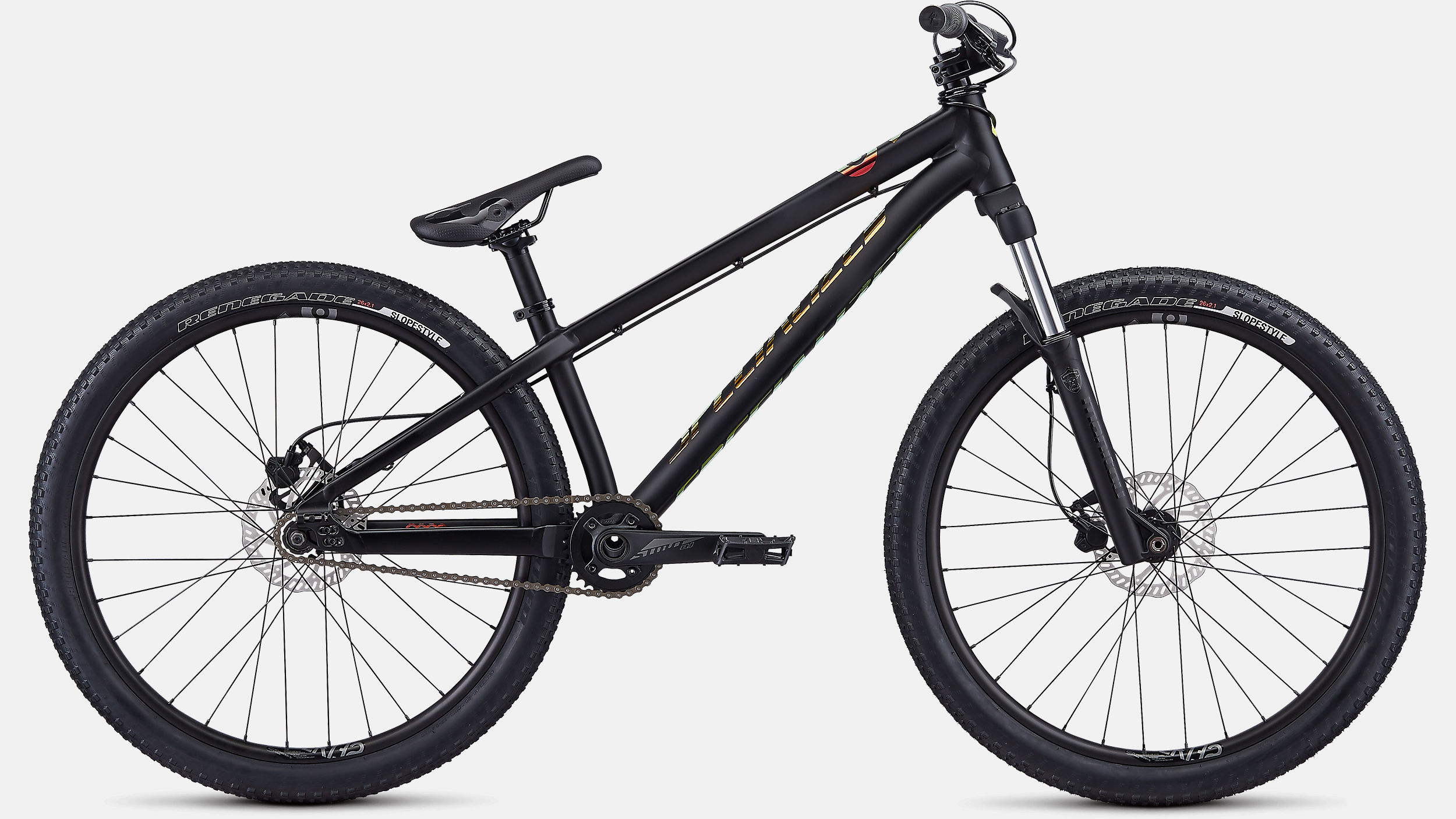
A hard tail is a mountain bike with suspension on the fork and no suspension on the frame. These bikes have many gear ranges, some have gears front and rear, some only have gears in the rear and some are single speed. These bikes are very versatile in what they can be used for; some people take them through trails, or use them at dirt jumps, while others use them like freestyle BMX bikes and do street tricks with them. Just like with the other categories what a hard tail is going to be used for will dictate the kind of parts it will use especially the fork. The forks on these bikes offer very little travel because its less needed on them. The type of riding they are being used for typically has the rider using a technique primarily to dampen the impact and use it towards more forward momentum.
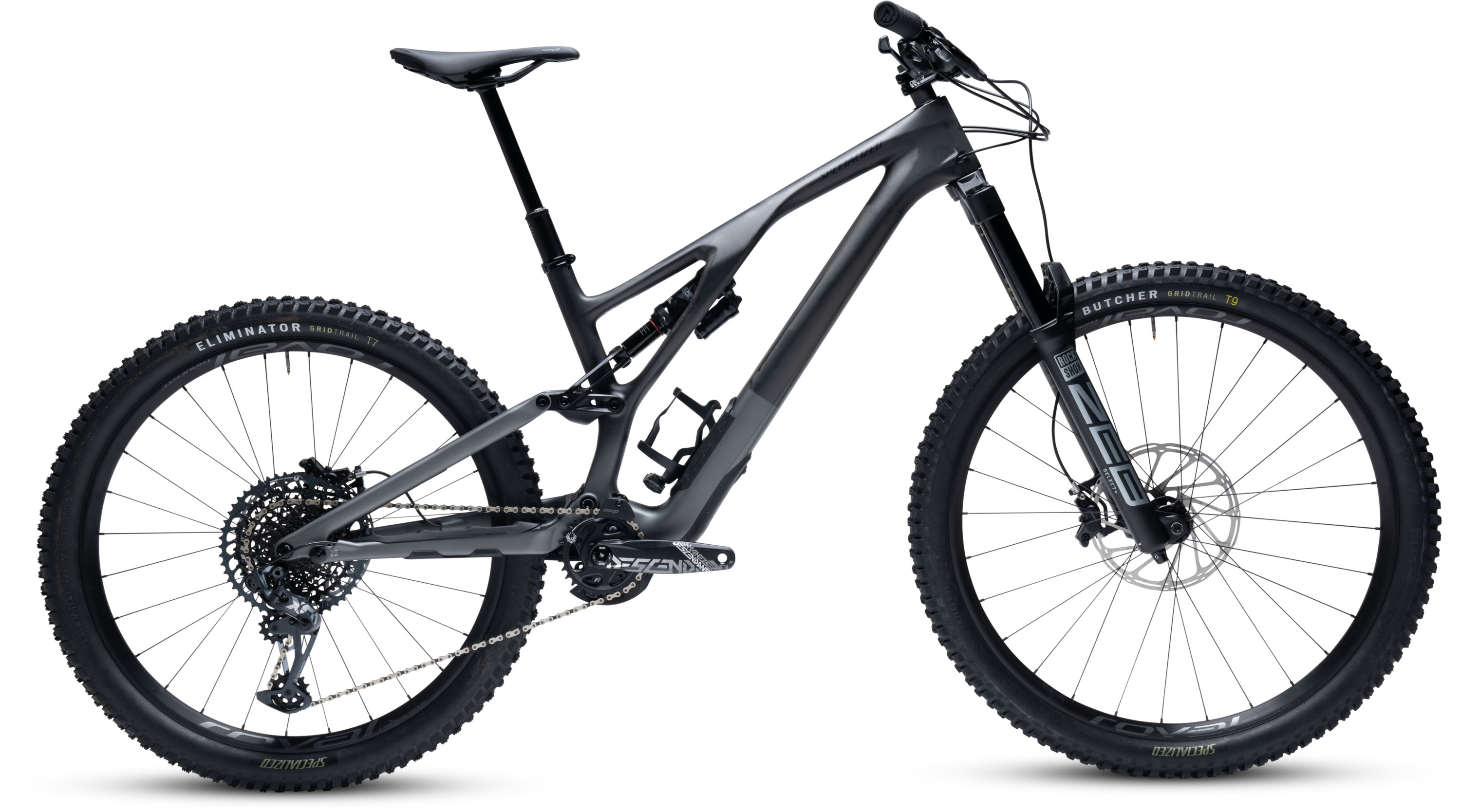
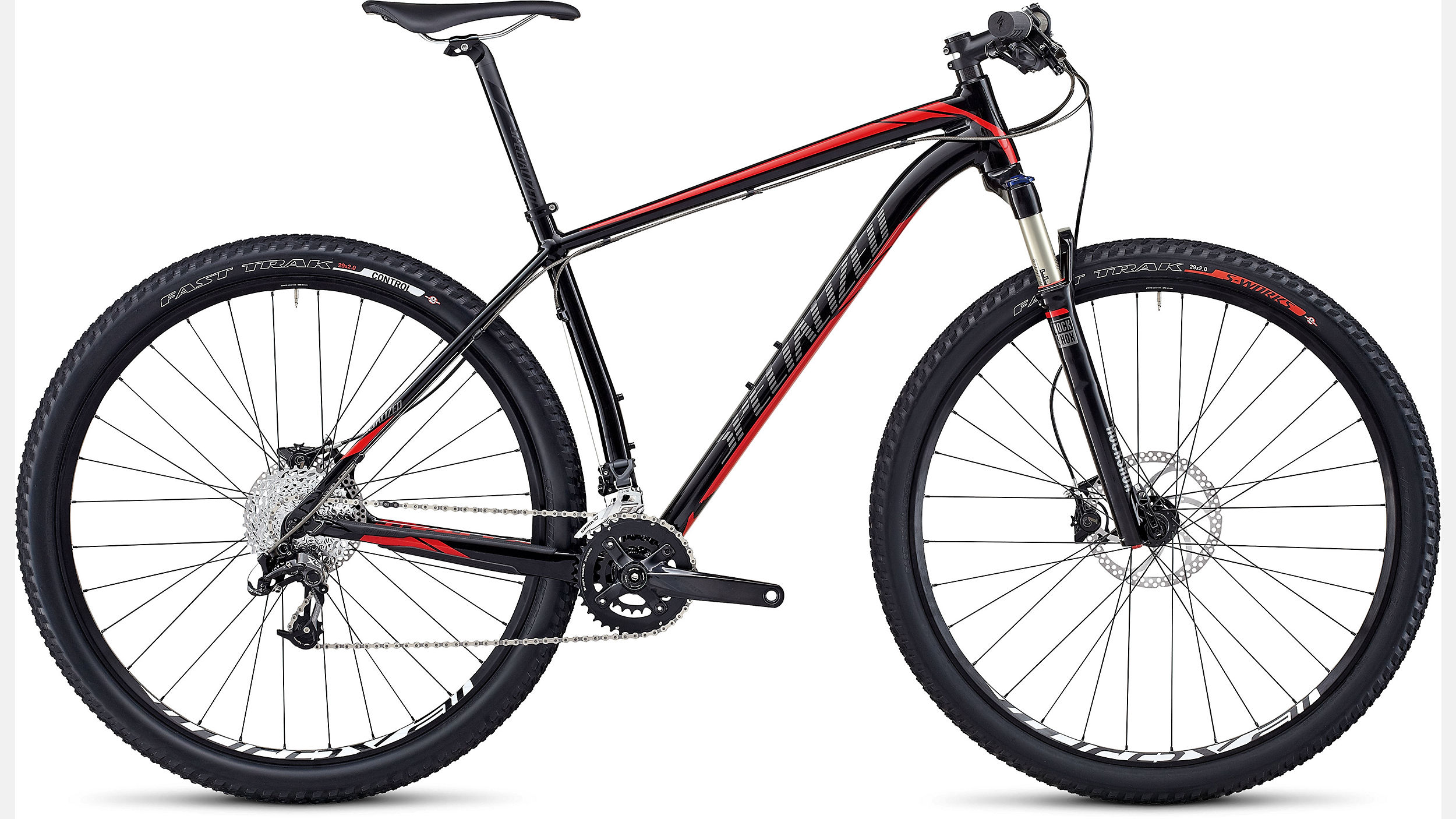
Cross Country mountain bikes are available in both full suspension and front only suspension. A cross-country mountain bike will typically have anywhere between 60-120 MM of travel; this is a good amount of travel for these kinds of bikes because large drops will typically be avoided by these kinds of riders. Cross-country riders will also avoid speeding down a mountain in one straight line because the bikes aren’t built for it and can get a bit dangerous. These bikes always have hydraulic disc brakes because in the forest they are being ridden stopping power is important
